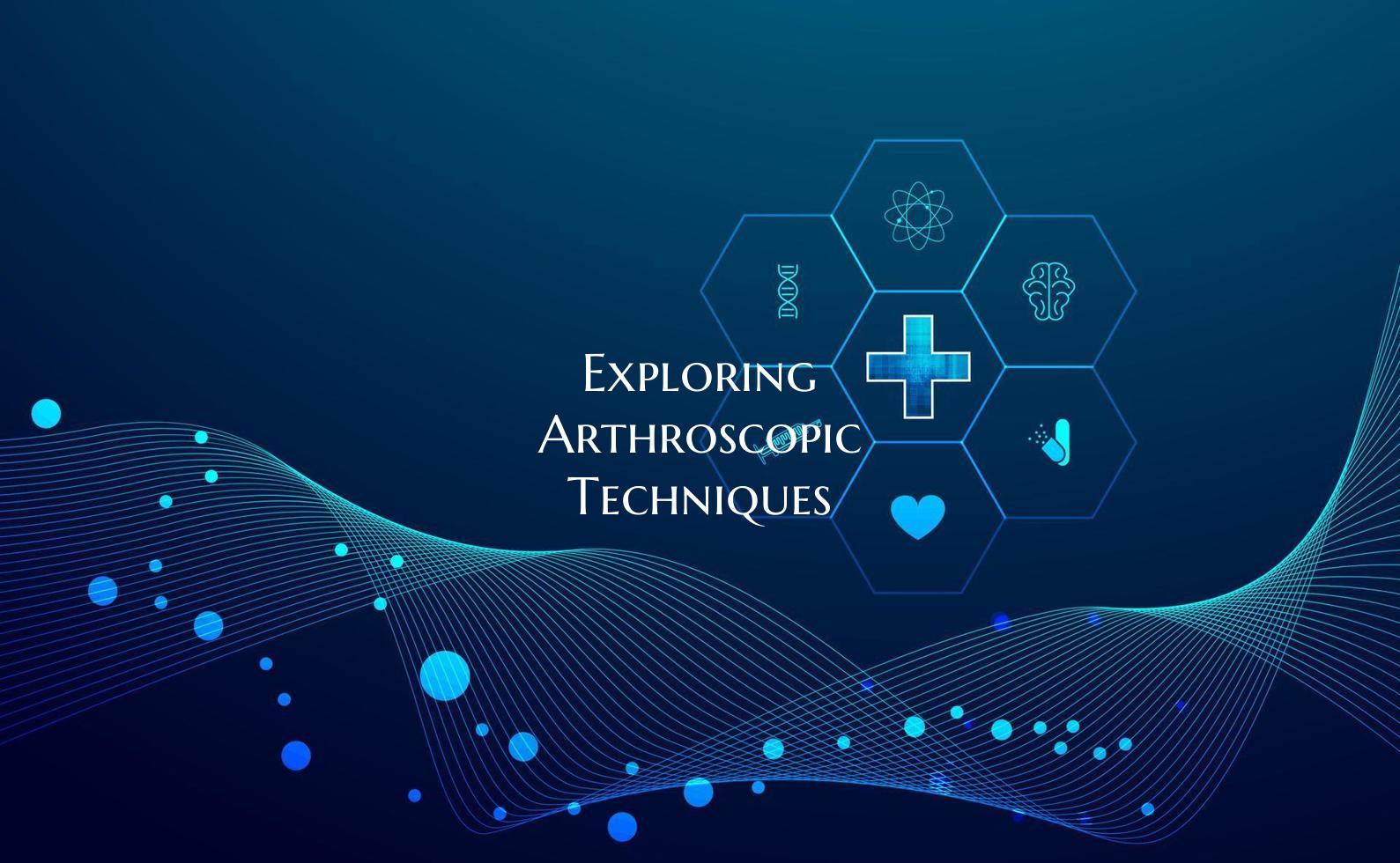
Exploring Arthroscopic Techniques
Arthroscopic techniques have revolutionized the field of orthopedic surgery by providing minimally invasive procedures for diagnosing and treating joint-related issues. This cutting-edge technology allows surgeons to visualize, diagnose, and treat joint problems using a small camera called an arthroscope inserted through a tiny incision.
Arthroscopy can be used for various joints in the body, including the knee, shoulder, hip, and ankle. The procedure is commonly performed to address conditions such as torn cartilage, ligament injuries, inflammation, and joint damage. By utilizing arthroscopic techniques, surgeons are able to achieve precise and targeted treatment while minimizing trauma to the surrounding tissues.
One of the key advantages of arthroscopic techniques is the quicker recovery time compared to traditional open surgery. Patients often experience less pain, reduced scarring, and faster rehabilitation following arthroscopic procedures. Additionally, this approach can allow for better outcomes, improved range of motion, and a lower risk of complications.
In knee arthroscopy, for example, the surgeon can repair a torn meniscus, reconstruct a ligament, or remove damaged cartilage with high precision using specialized instruments inserted through small incisions. Similarly, in shoulder arthroscopy, issues such as rotator cuff tears, shoulder impingement, or labral tears can be addressed effectively through minimally invasive techniques.
As technology continues to advance, arthroscopic procedures are becoming increasingly sophisticated, allowing for more complex surgeries to be performed with precision and efficiency. Surgeons are now able to use advanced imaging techniques, such as 3D arthroscopy, virtual reality, and robotics, to enhance their skills and improve patient outcomes.
Overall, exploring arthroscopic techniques offers patients the benefits of less invasive procedures, faster recovery times, and improved outcomes for a wide range of joint-related conditions. It is a testament to the continual progress in orthopedic surgery that enables patients to regain mobility and quality of life with minimal discomfort and downtime.